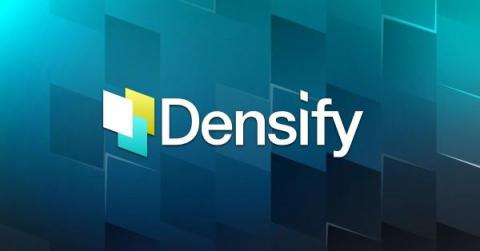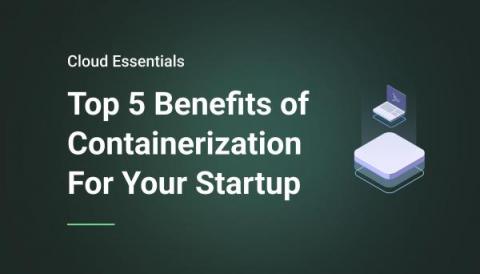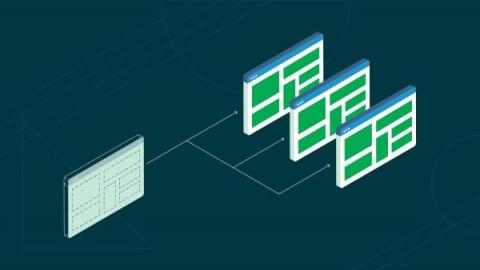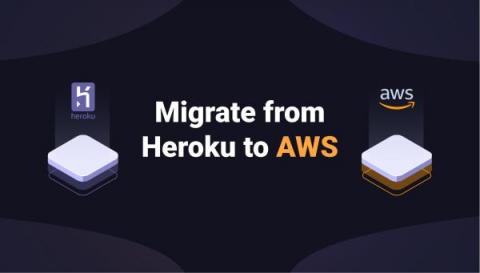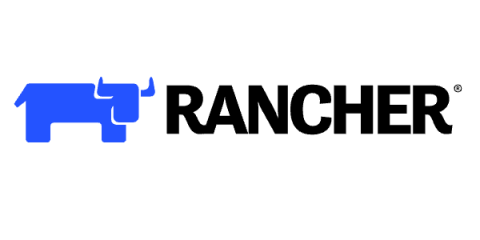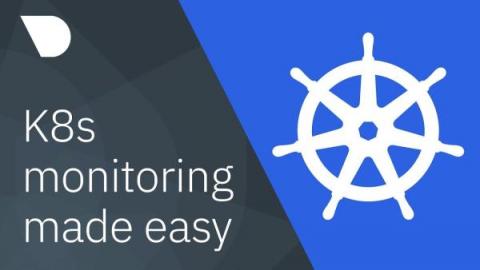What's new in Sysdig - May 2022
Welcome to another edition of What’s New in Sysdig in 2022! The “What’s new in Sysdig” blog is now under my control! Hello, I’m Wes MacKay, a Sales Engineer based out of Dallas, TX working with the Sysdig US West Corporate team. I’m way too passionate about containerization, personal cloud storage, and automating my home life. In my spare time, I’m always looking for better Thai and Sushi restaurants in my area.



